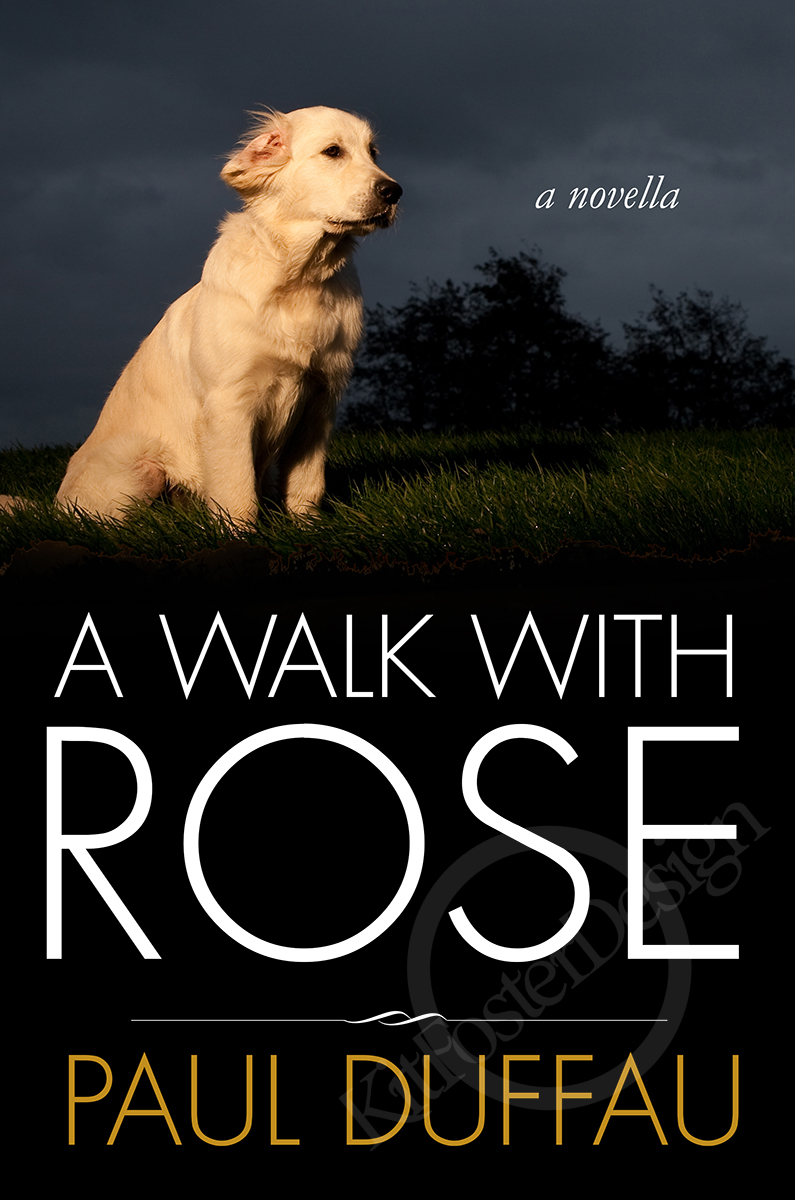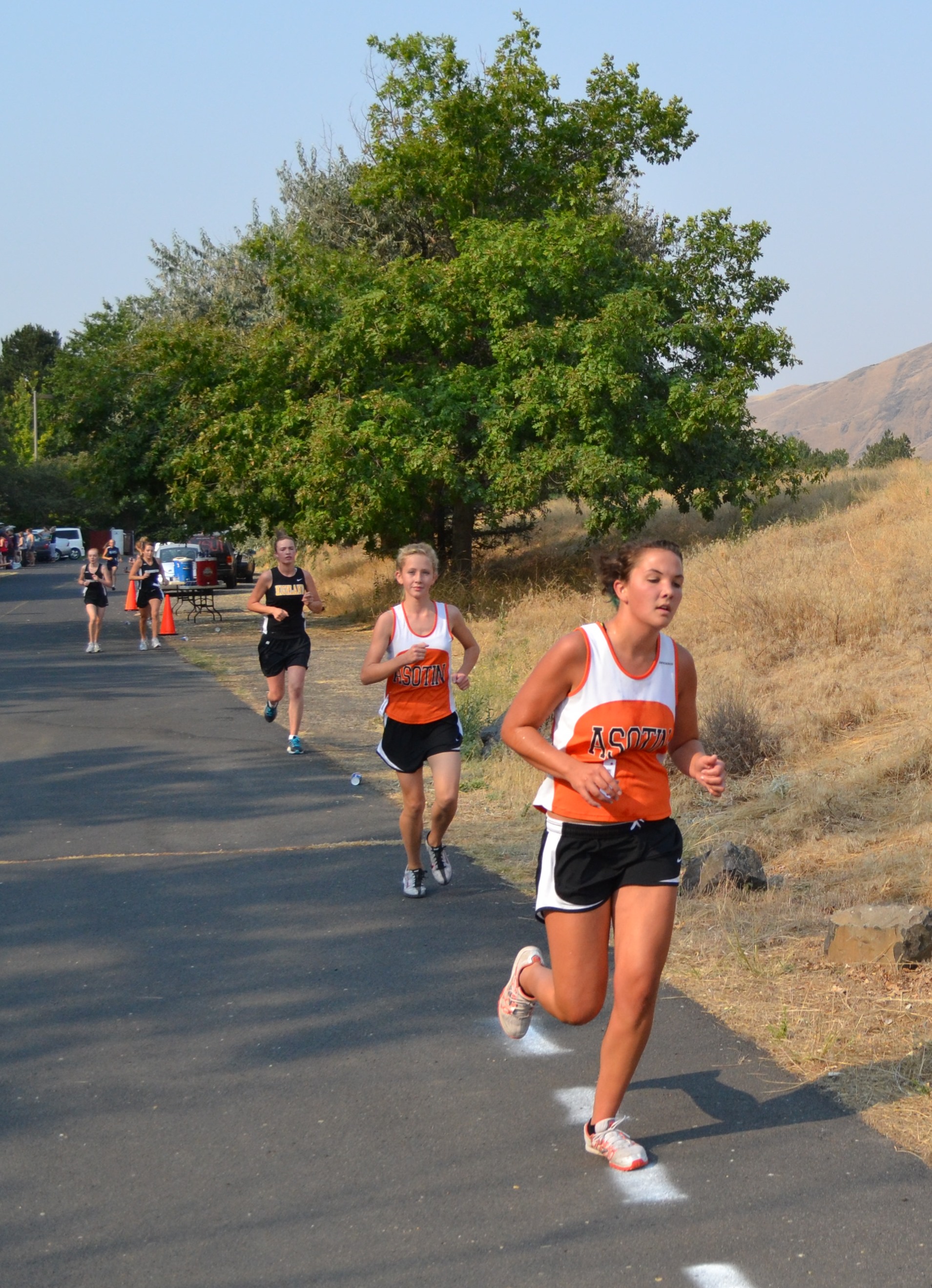Finishing Kick
The first chapter (unedited, so if you find errors, it won't hurt my feelings if you point them out) of my novel, Finishing Kick. Publication date is expected to be in December 2014 by Cruiser Publications, LLC.
![Pageflex Persona [document: PRS0000035_00034]](http://static.squarespace.com/static/5300251fe4b0056790cc068c/537f7db2e4b0a2446d0dde90/537f7db5e4b0a2446d0ddf78/1378838263000/Finishing-Kick-Final-Small.jpg?format=original)
As Callie crested the hill, the finish line appeared, lined with colorful flags – and then receded,
as another girl thundered past.
Callie chased her on a gentle downhill slope, three hundred meters of fairway to the finish line of the State Championship. Through eyes hazy with exhaustion and the remnants of a cold, she could see her twin teammates, Anna and Hanna, sprint past the finish marker in a dead tie.
Two hundred meters to go and Callie could hear the gasping breath of another runner closing on her. Five strides later, the girl was beside her. Callie pumped her arms harder, willing her legs to move faster. Legs that could carry her for miles were failing now with the finish in sight.
Noise flooded both sides of the course and, penetrating over it, someone shouting her name. The cheers of the fans and coaches slid past her as she fought for position.
She saw the red singlet and slashing white diagonal as the last of the Fairchild Academy runners eased by her. Swearing, Callie leaned forward to gain momentum, rising up into a full sprint, her calves already starting to cramp, alternating with each foot strike, each spasm an opportunity to quit, to let the girl go.
Seventy meters and Callie still matched strides with the Fairchild girl.
At fifty meters, another girl caught both of them. She was a tiny runner from a small school up north, and her breath came in sobs.
The three of them closed on the flags at the top of the finishing chute. Callie felt the agony of each breath as it exploded from her lungs, too little air for starving muscles. The blood pounding in her head drowned out the runners beside her, and Callie’s vision squeezed down to a small circle focused on the white line that marked the end. She could sense the presence of the runners next to her and drew on their struggling effort, seeking just a small advantage.
The sobbing girl finished one step ahead, the last sob a moan as she collapsed. Instinctively, Callie dodged the fallen runner as she lunged past the line, a half-step ahead of the Fairchild runner.
Relief and exhaustion mingled with joy but a small doubt blossomed.
Was it enough?
“You did okay.”
Callie, huddling to avoid the chill brisk breeze that snaked its way to her still sweaty skin under the Cloverland High warm-ups, looked over to Mark. The wind had been worse out on the course but there, movement generated heat. The twins, Anna and Hanna, were shivering under the blanket they were sharing, blond heads touching as they all waited for the results.
“Not good enough,” she said, feeling the echo of the final kick, legs heavy with lactic acid overload, girls passing her on the long straightaway to the finish line.
Mark shifted to his other foot. “You don’t know that yet.” Sweat, bobbing on a lank of hair, dripped off. Mark still had not put on sweats after running his own race, his broad shoulders and legs exposed to the wind. An inch over six feet, he towered over the girls on the team.
Callie kept her face impassive, looking toward the microphone stand, waiting to find out whether they had made it or not.
“I mean, with a cold and all…” Mark shifted uncomfortably back to his original foot. “You did great.” He trailed off as Callie kept her eyes on the awards table. Lined up were the trophies for the top four teams and medals for the top eight finishers.
She was listening but between the head cold and the gnawing sense she let down the other girls, his words were just washing over her. Idly, she thought it was nice that he was trying to cheer her up. He was a little on the weird side but a nice guy. Feeling a sneeze coming, she searched her pockets and found a tissue.
There was activity up front and Callie’s attention sharpened. She put the used tissue, folded, back into her pocket.
“Finally!” said Anna. They watched the announcer, a slightly overweight man, make his way to the microphone beside the podium. The podium, a broad white stand with a pyramid of steps numbered one to eight, was the goal. Callie and the rest of the team unconsciously closed ranks, pressing up to the rope that separated with winner’s space at reviewing stand. The top four teams got to the stand. Cloverland was close, closer than they had ever been.
The official photographer, camera resting at her hip, waited for the teams to be called up, one at a time, to the stand for its brief moment of recognition. She shot the picture quickly, and the next team filed onto the stage, everything organized with impersonal precision. The winning team, the champion, was allowed to linger for a few extra moments. It was on the schedule.
“Thank you athletes and parents for your participation in the Washington Interscholastic Athletic Associations’ State Cross Country Meet. The individual results for the Division 1 Girls Race are as follows…” He proceeded to read through the top eight finishers with each runner taking her place on the stand as her name was called.
Jenessa, her teammate, also a junior, had placed eleventh overall, easily the best finish ever for a Cloverland runner. The two seniors on the team were standing at the rope, staring at their last chance to stand on the podium, a reward for the years of work they put in.
Two Fairchild runners were among the eight. One was a senior and she stood there on the third place block. The other, Roxanne, a junior, placed seventh. She and Jenessa ran together for the first two and a half miles before she dusted Jenessa heading into the finish. Callie frowned when she saw Roxanne glaring at Jenessa. Not a very good winner, she thought.
They finished with the top runner, who had qualified on her own, then went out and outran the entire field. She was a junior too and had already accepted a spot at the West Regional at the Footlocker Invitational next month. If she did well there, she’d be racing in San Diego in December. It was a select group, runners who had both the talent and the work ethic to excel. Callie wished she had the talent.
Watching the diminutive runner accept the first place medal, Callie thought it had to be a lonely feeling, running as an independent, racing without a team. There was a bit of steel in that girl that was missing in most of the runners.
“And now for the team results…”
Callie felt light-headed and realized she was holding her breath as the pudgy man ran down through the results. The tension was growing for all of them. The seniors had their arms wrapped around each other’s hips.
“In sixth place, with a score of 183, Winston…”
“In fifth place, with a score of 102, Cloverland…”
The team deflated. Little sighs combined into a collective groan as the girls realized that, once again, they were one step shy of getting onto the podium. Months of hard work got them to State but it wasn’t enough to get them into the top four.
One of the senior wiped a tear away. There was no ‘next year’ for them.
“In fourth place, with a score of 101, Asotin…” The Asotin fans cheered and the team made their way up onto the podium and had their picture taken, and then they were herded off.
One Point! Callie thought. Just one point, realizing that the place she had given away to the sobbing girl at the end of the race was the difference between a fifth place ribbon and the seniors standing on the podium.
The third place team, followed by the second place finishers, took their place in order but Callie wasn’t paying attention any more. A guilty mantra…one point….…one point….echoed through her mind.
Finally, the winning team, Fairchild Academy, was announced. The Fairchild girls were strong runners and their team had not lost any meet – not even the big invitational in Oregon - in more than three years. It was their fifth consecutive championship.
The Fairchild team took to the podium, laughing as they climbed the steps. They goofed around getting settled while the photographer waited impatiently. As the camera came up, they struck a pose, five fingers of their left hands up, the forefinger of their other hand pointing toward the crowd as they laughed.
There was a murmur from the crowd and Callie felt the flush of anger. She looked to the seniors. They had both stiffened at the implied insult. Jenessa looked grim and even the twins were taken back. It wasn’t just Roxanne – the whole team was a bunch of poor winners.
Mark shook his head slightly. He was standing right next to Callie and he watched her flinch when the results were announced. She was busy blaming herself, he thought, even though she was still getting over a killer cold that had kept her from running for two weeks before the district meet.
Girls, he thought, are aliens. Guys knew that you had to go for it. If you won, you were the hero. If you didn’t, if you blew up, you were a hero returning on his shield. Winner either way. Girls didn’t get that…
He watched the misbehavior of the Fairchild team and saw Callie cheeks flush red, almost as red as the nose she kept wiping. He glanced down at her face, studying it, auburn hair pulled back in a ponytail and vivid green eyes when another random thought bounced around, then out and surprised him, “…kind of a cute alien, though.”
Finishing Kick
Copyright © 2013 Paul Duffau





![Pageflex Persona [document: PRS0000035_00034]](http://static.squarespace.com/static/5300251fe4b0056790cc068c/537f7db2e4b0a2446d0dde90/537f7db5e4b0a2446d0ddf78/1378838263000/Finishing-Kick-Final-Small.jpg?format=original)
